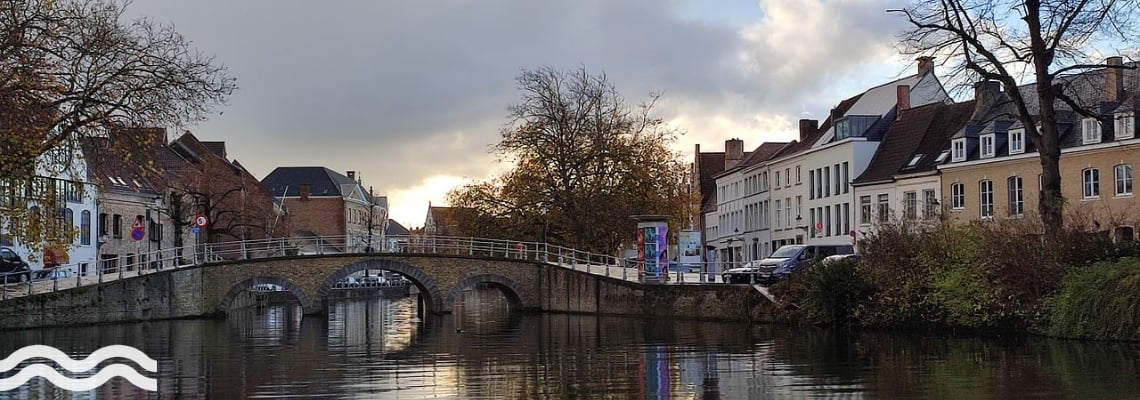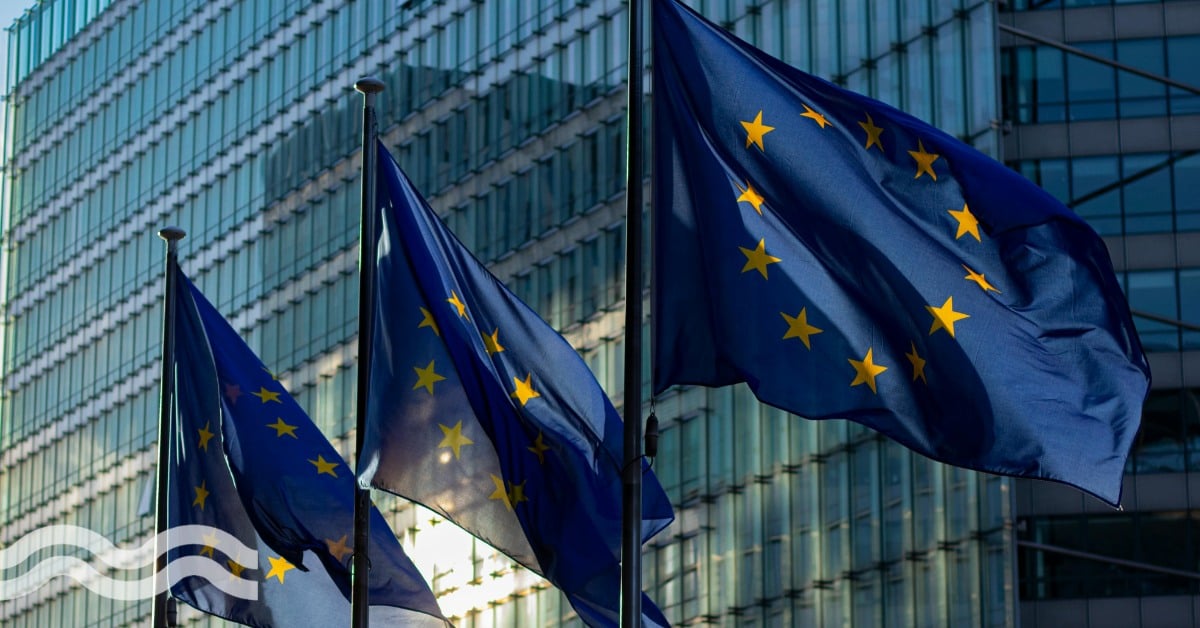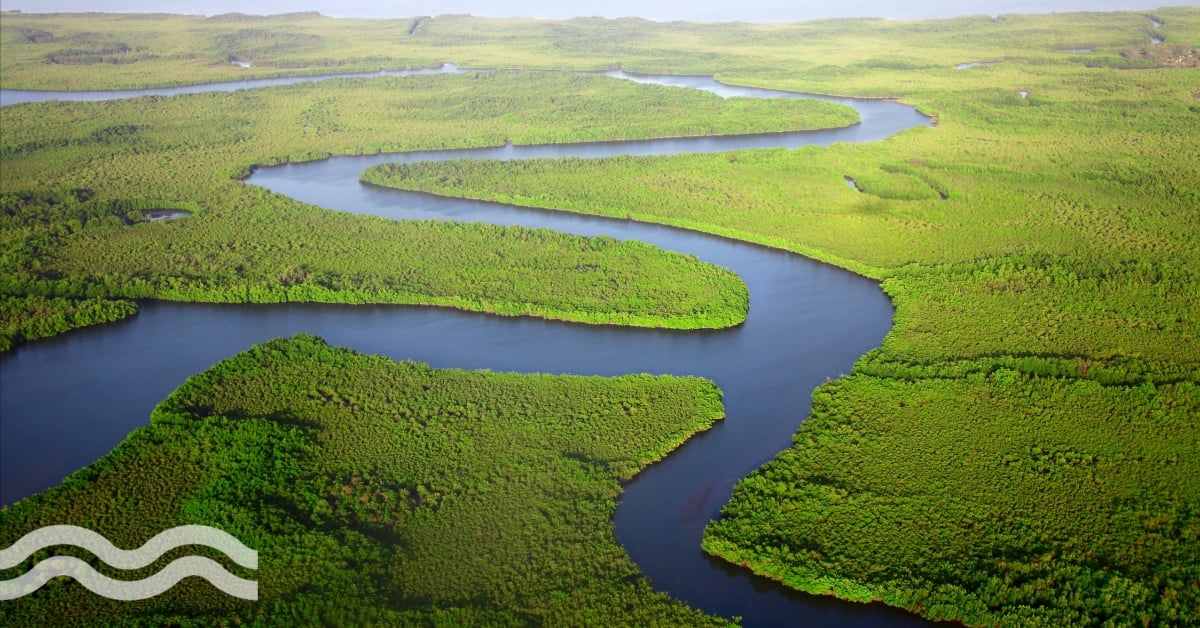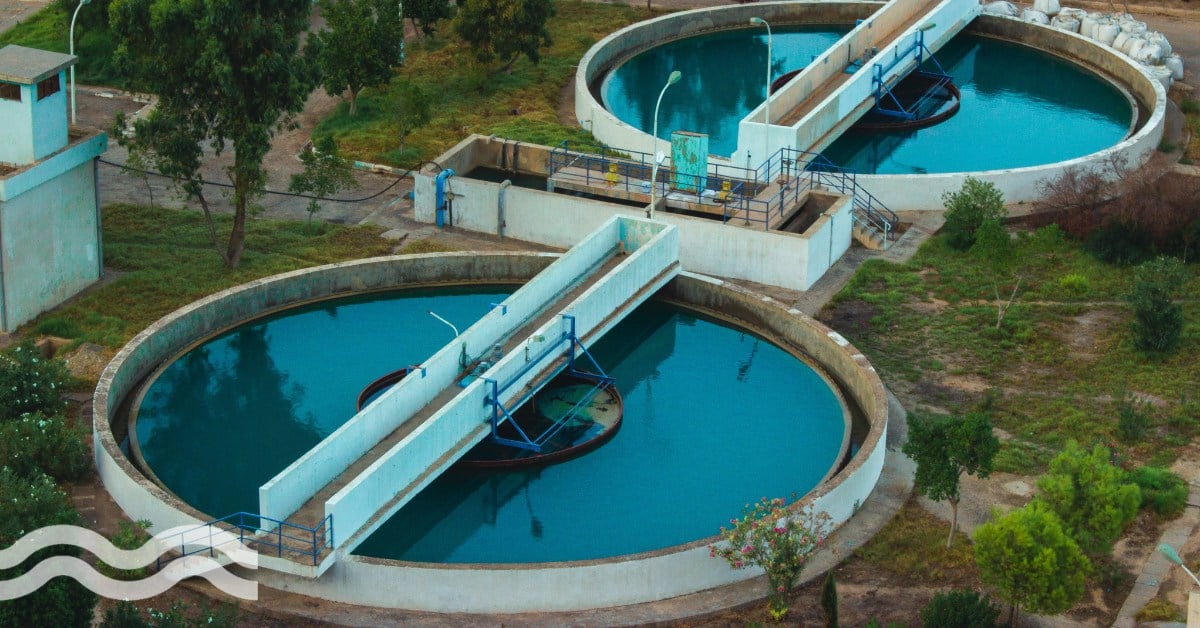Europe edges closer to water resilience strategy

The European Parliament has published its draft report on water resilience with key recommendations for the European Commission to consider as the strategy moves toward adoption.
Water resilience at the heart of European Commission
Water resilience was put at the heart of the European Commission's 2024-2029 five-year plan by President Ursula von der Leyen. Announcing the strategy, Von der Leyen stressed the need to adopt a circular economy approach to ensure the proper management of water sources, address scarcity, and enhance the digitalisation of the water industry.
The draft report was written by rapporteur Thomas Bajada on behalf of the Committee on the Environment, Climate and Food Safety.
Praise from industry bodies
The publication of the draft report was greeted positively by the water sector. EurEau, the European Federation of National Associations of Water Services, which represents national drinking and wastewater service providers from 33 countries, from both the private and the public sectors welcomed recommendations calling for dedicated water funding, addressing pollution at the source, and embedding water resilience into all EU policies.
In a prepared statement, the federation stated: "We welcome the draft report's recommendations, which will feed the commission's work on the upcoming Water Resilience Strategy. Rapporteur Bajada's text rightly recognises that water resilience needs to become part of how every economic sector operates, including through binding water efficiency targets set at basin level as well as better enforcement of pollution limits."
It finished by stating: "We look forward to working constructively with MEPs through the amendment process."
The growing need for a water resilience strategy

The draft report makes very clear the need for a Water Resilience Strategy:
- Water stress is already affecting 20 per cent of Europe's territory and 30 per cent of the population on average every year, figures that are likely to increase in the future on account of climate change
- The deadline set by the Water Framework Directive (WFD) for European rivers, lakes, transitional, coastal and groundwaters to achieve 'good' status was 2015; however, by 2021, only 37 per cent of Europe's surface water bodies achieved 'good' or 'high' ecological status, while 29 per cent achieved 'good' chemical status
- Industry accounts for approximately 40 per cent of total water abstraction in Europe; however, data on water abstraction and use in the EU is historical and poor
- The objective of achieving good chemical status for all EU water bodies by 2027 remains far from being achieved
- Groundwater supplies 65 per cent of water for drinking and 25 per cent of water for agricultural irrigation in the EU; it is a finite resource that needs to be protected from pollution and over-exploitation
- The lack of EU-wide quality standards for per- and polyfluoroalkyl substances (PFAS) in groundwater and insufficient monitoring of less-studied PFAS compounds exacerbate the challenge of achieving good chemical status for EU water
- Occurrences of prolonged drought, extreme heat and large-scale flooding events are expected to increase throughout the continent, damaging ecosystems and human health, and leading to major disruption to economic activities
- Preserving water resources and the natural flow of rivers while supplying sufficient water of good quality is becoming a major challenge
- The current multiannual financial framework (MFF) includes an ambitious but non-binding target of dedicating at least 7.5 per cent of annual EU spending to biodiversity objectives in 2024 and 10 per cent in both 2026 and 2027
- 60 per cent of European river basin districts are transnational, which makes effective transboundary cooperation crucial.
Recommendations for the EU Commission
The author of the draft report made a number of recommendations based on six pillars for the commission to consider ahead of the strategy being adopted. The six key pillars address the areas outlined above: Water efficiency, pollution mitigation, climate adaptation, funding, digitalisation and innovation, and cross border cooperation.
The overall strategy, the report makes clear, requires 'moving away from the outdated perception of water as an infinite resource, to recognising its intrinsic value as being essential to addressing environmental, social, and economic challenges Europe faces today, and in the near future'.
Report recommendations include:
- Water sustainability must be a cornerstone of all EU policies
- Every policy should be assessed for its impact on water resources, including quality, quantity, and accessibility
- Bind sectoral water efficiency and abstraction targets for agriculture, industry, and domestic use, tailored to basin-level assessments
- An evidence-based approach, supported by enhanced data collection and digital tools, is vital to effectively monitor and enforce these targets
- Innovative water management practices must be prioritised to address water scarcity
- Agriculture and industry, as two of the most significant water users, but also contributors to our food and economic security, must adopt efficient practices to balance their economic and environmental contributions
- Encouraging innovation, fostering knowledge exchange, and implementing sustainable practices are crucial steps to ensure responsible water use across sectors
- There is an urgent need for stricter enforcement of the Water Framework Directive (WFD) and related legislation to combat chemical pollution in water
- Establishing EU-wide quality standards for PFAS in groundwater and surface water is crucial
- The common agricultural policy funding should support the transition to low-input and organic farming practices to reduce reliance on chemical pesticides and fertilizers
- Climate adaptation is fundamental to making the European Water Resilience Strategy a future-proof tool
- Member States must develop comprehensive drought and flood management plans that incorporate digital monitoring and early warning systems
- Adequate funding is a cornerstone of the strategy, supporting infrastructure modernisation, innovative technologies, and nature-based solutions
- Digital tools, artificial intelligence, and smart water technologies can revolutionise water management and monitoring
- Member States should prioritise knowledge sharing and capacity building
- Water resilience is a transboundary challenge requiring strong international and regional collaboration.


